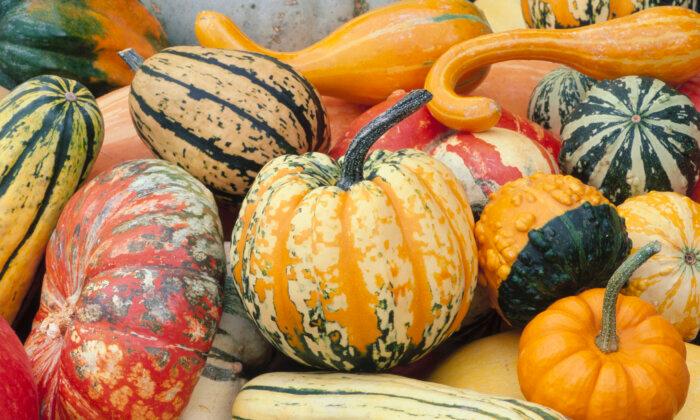By Viveka Neveln
From BHG.com
There’s always the good, the bad, and the ugly, even for pumpkins. These members of the squash family produce fruits in all different shapes, sizes, and colors; there are huge ones, tiny ones, stumpy ones, tall ones, and even bumpy ones.
With so many pumpkin varieties and characteristics, it’s hard to tell which pumpkin is the best bang for your buck. Of course, you could grab whatever is at the grocery store, but you’ll get a fresher and more diverse selection at a pumpkin farm. Just like when buying other produce, there are a few things to remember as you pick out the best of the best.
Look for Different Types of Pumpkins
If you picture an orange globe when thinking of a pumpkin, you might be surprised by what you will find at a pumpkin patch. Along with the classic pumpkins for carving your spooktacular jack-o’-lanterns, many farms also grow heirlooms, which are older varieties with unique characteristics such as deep ribs, bumpy skin, and all sorts of colors. Their unusual appearance makes them extra fun to use in your fall displays.And while most pumpkins are edible, some are better than others for pies and other pumpkin-flavored treats in terms of their flavor and texture (for example, “Sugar Pie” is a very sweet variety that weighs in around 2 to 3 pounds with smooth orange flesh). Check with the pumpkin patch staff to find out which ones they recommend for cooking. Whichever you pick, look for ones that have good coloring from top to bottom.
Go for Green Stems
We tend to focus so much on a pumpkin’s rind that it’s easy to miss the stem, but this part of the pumpkin can give you some big clues about the freshness of the fruit. Look for a firm, dark green stem, and avoid those that look brownish, mushy, or dried out. A cut stem acts like a wick that draws water from the inside of the pumpkin, leading quickly to shriveling.To slow that water loss, make sure to cut the pumpkin from the plant by snipping the vine itself on either side of where the stem is attached (like in the photo above). Even though this looks like there are more cut surfaces, the vine will heal over better than the stem. And that stem may look like the perfect handle for picking up your pumpkin, but to avoid breaking it off and causing more water loss from the fruit, lift it from the bottom.
Make Sure Your Pumpkins Sound Hollow
Like watermelons, the best pumpkins to pick have a deep, hollow sound when you tap them. To test for a good one, hold the pumpkin with one hand, place your ear next to the pumpkin, and knock on its side with the knuckles of your other hand. If you hear an echoing, hollow sound, it’s a good one—the louder the sound, the better the pumpkin.Check for Firmness
When pumpkins are ready to harvest, their skin turns leathery and firm. Give the skin a gentle poke with your fingernail. If it springs right back or doesn’t give at all, you know you’ve found one at its peak. Then, check it for soft spots, especially where the pumpkin is touching the ground. If the flesh feels spongy when you press it with a finger, move on to another pumpkin, stat.Don’t Ignore Wounds
Pumpkin skin acts like human skin when it gets cut or scraped; those wounds are prone to infection. Open cuts (including once it’s carved) will cause the whole thing to rot faster than if it’s fully intact. Even if your pumpkins appear unblemished, you can reduce rotting by washing the outside with a diluted bleach solution (mix one part bleach with nine parts water, such as half a cup of bleach with 4 1/2 cups of water). After that, if you keep them in a cool, dry place and make sure they aren’t exposed to freezing temperatures, your pumpkins could last for several months.Copyright 2023 Kathryn Weber. Distributed by Tribune Content Agency, LLC.







